
Easy ways to slash your fuel bill
With pump prices for gasoline higher than they’ve been in years, boaters are paying more attention than ever to their fuel spend and looking for ways to get the most from a full tank. While today’s engines are incredibly fuel efficient, there are some things that boaters can do to improve their fuel economy and lessen the impact of rising inflation on their wallet. Let’s look at some fuel saving tips that can save boaters some real money.
1. Slow Down
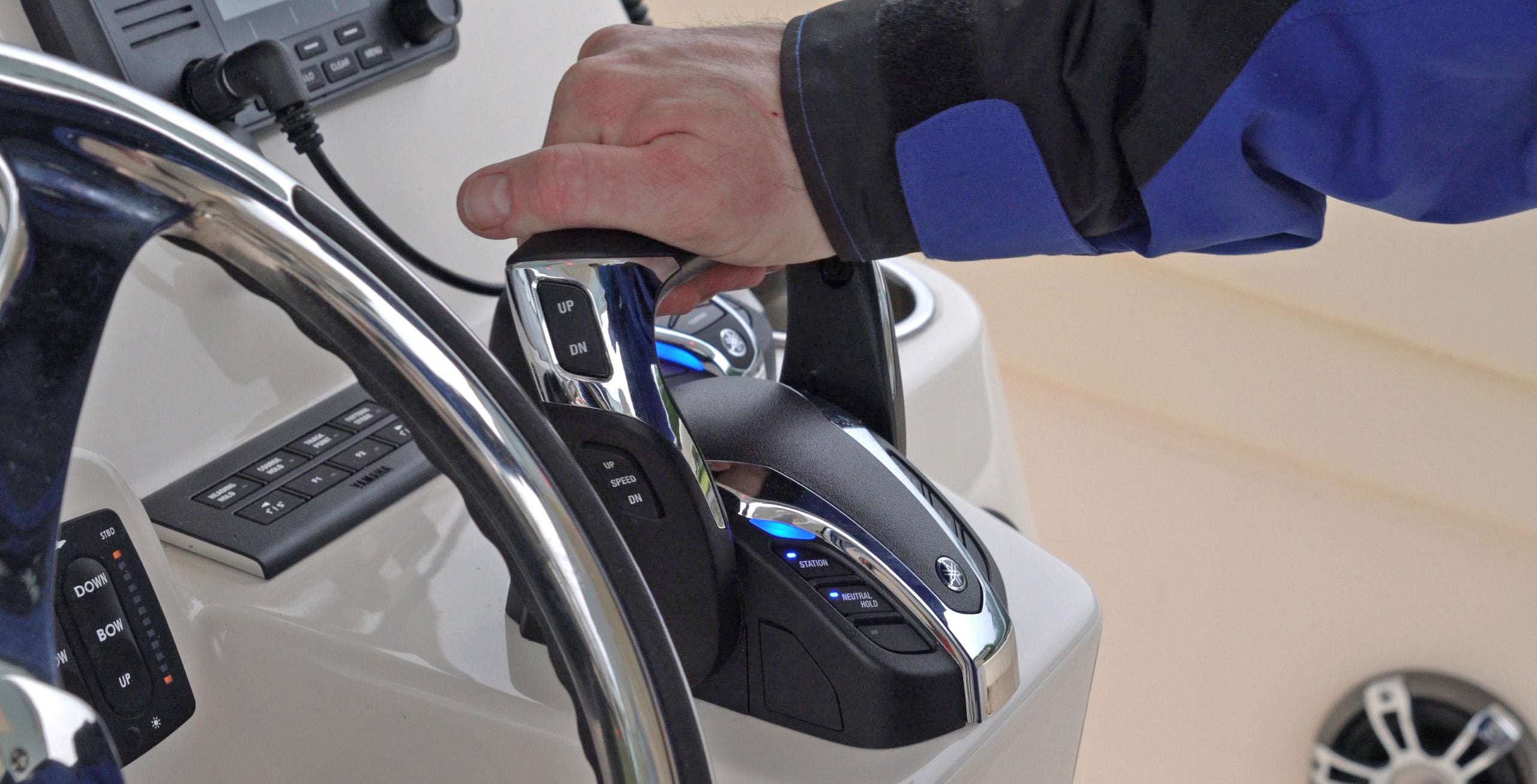
Backing off on the throttles is the easiest way to instantly reduce fuel costs.
When it comes to fuel saving tips, the most obvious way to save at the pump is to just slow down, even if only a little bit. The relationship between rpm and fuel consumption is not a straight line, but more of an arc that climbs almost straight up as engine speed increases. On some boats, just pulling back the throttle by 10% can cut fuel consumption by almost a third, while pulling the stick back from full throttle to maybe two-thirds can slice your gas costs in half. Over a full season on the water, that kind of savings really adds up.
Beyond that, not running at full tilt all the time is easier on the engine, ultimately reducing maintenance and saving further money still. Yes, slowing down means it might take a few minutes more to reach your destination. But unless your boat has a number painted on the deck and you’re chasing a checkered flag, who really cares? We’re out there to enjoy our time on the water, not get it over with as quickly as possible.
So easing up on the throttle is the surest way to chop your gas costs. But it’s not the only way to make a tank of fuel last longer.
2. Balance the Load
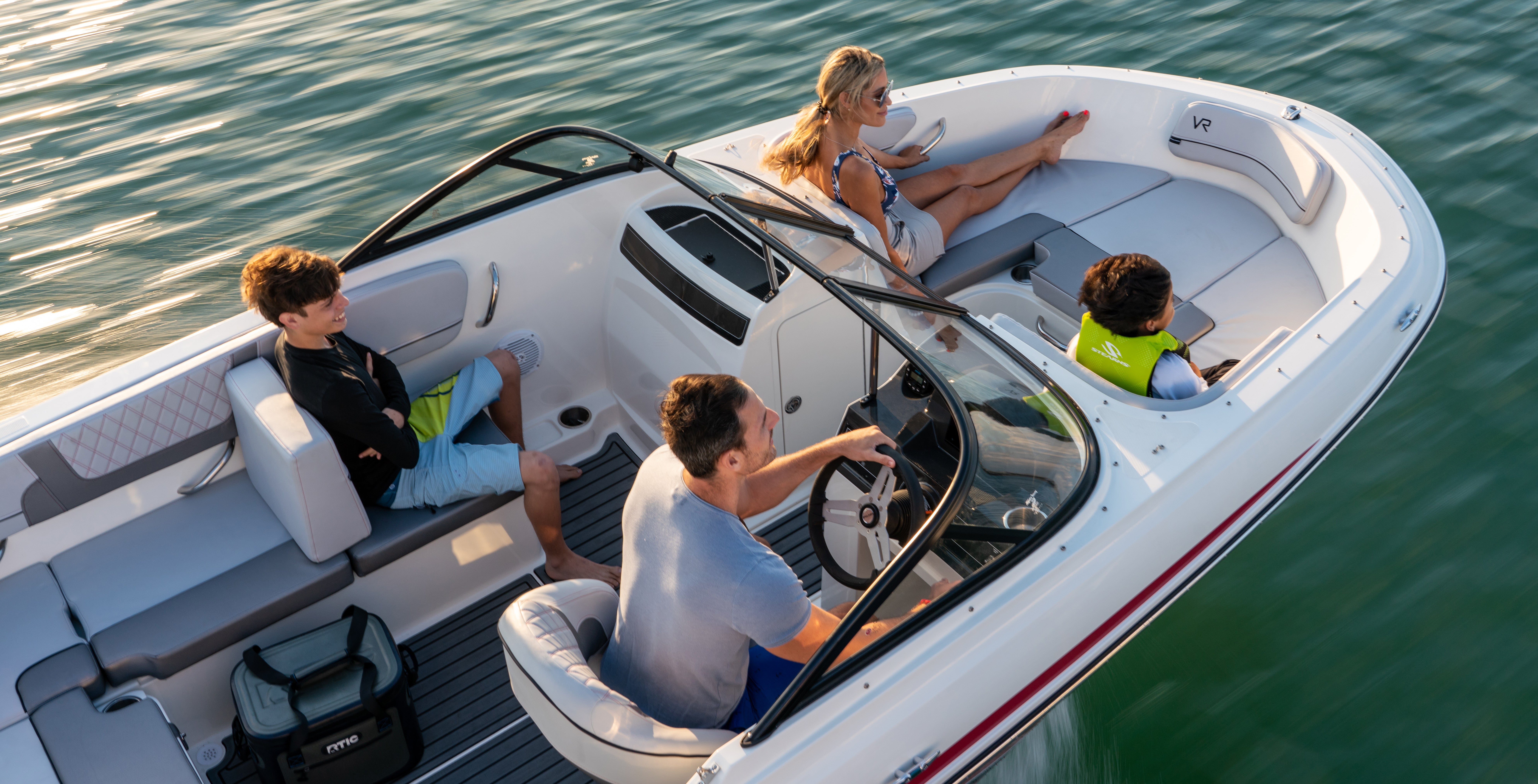
Ensuring the load in your boat – both gear and passengers – is evenly distributed will also reduce fuel burn and save money.
Balancing the weight inside your boat is another important fuel saving tip. Always try to distribute passengers and gear so that your boat can plane more easily, rather than just plowing through the water. Once it is planed out, trim your motor so as little of the boat hull as possible remains in contact with the water. The idea is to reduce drag from the hull and while automatic trim functions can do this for you, learning to do it yourself is the only answer on boats that don’t have that option. By reducing drag this way, you’ll shave even more savings off your fuel bill.
3. Tune Up Your Engine
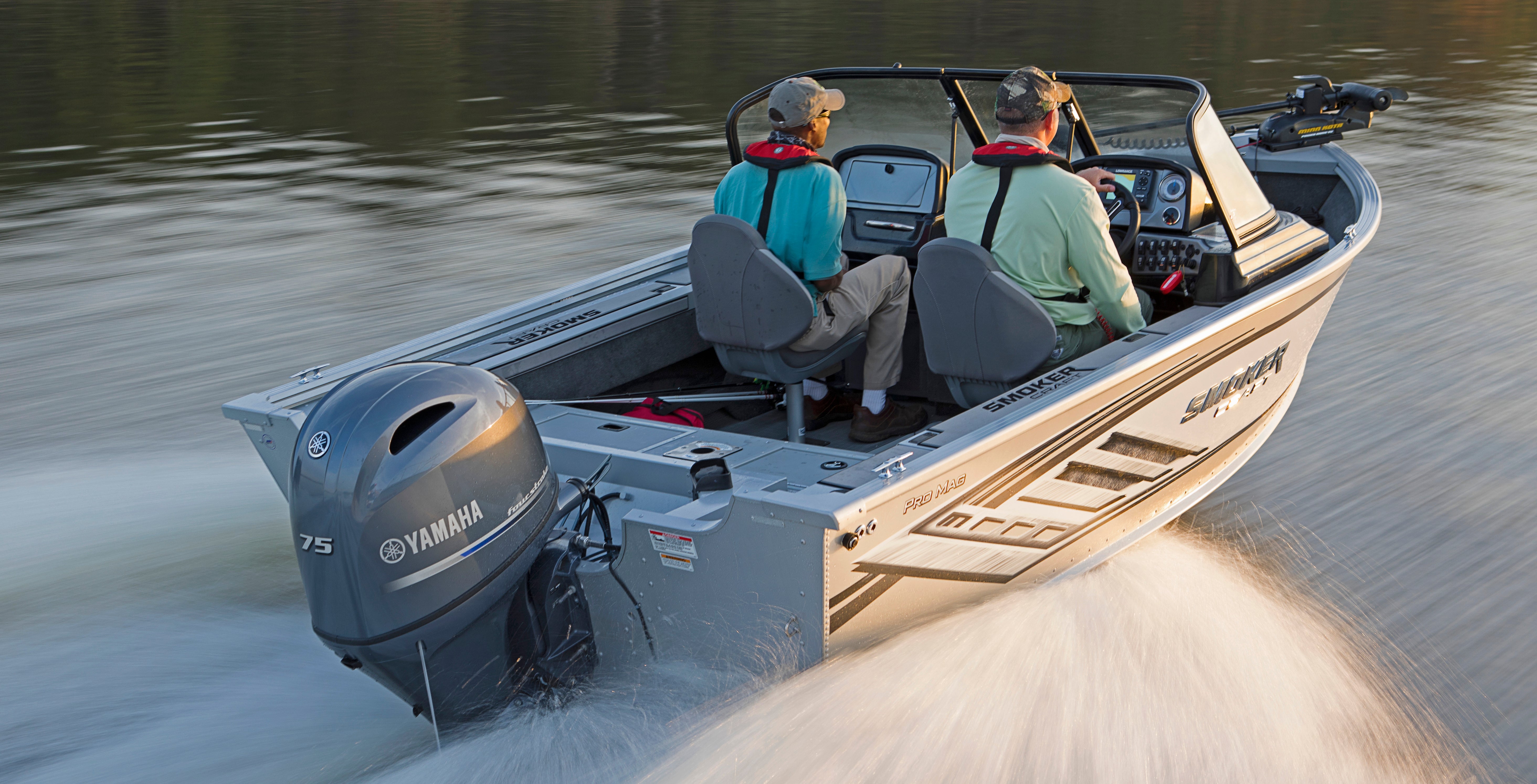
Once the boat is up on plane, trimming the engine to minimize hull contact with the water will reduce drag and squeeze more miles out of any gas tank.
Of course keeping your engine properly tuned is still another way to ensure you enjoy maximum fuel economy. There are plenty of boaters out there who balk at the cost of performing annual maintenance on their engine, then complain about how much gas they use. Though they might save a few bucks by skipping that annual tune-up, over the course of a full season they’ll often spend even more in higher fuel costs.
4. Clean/Paint the Hull
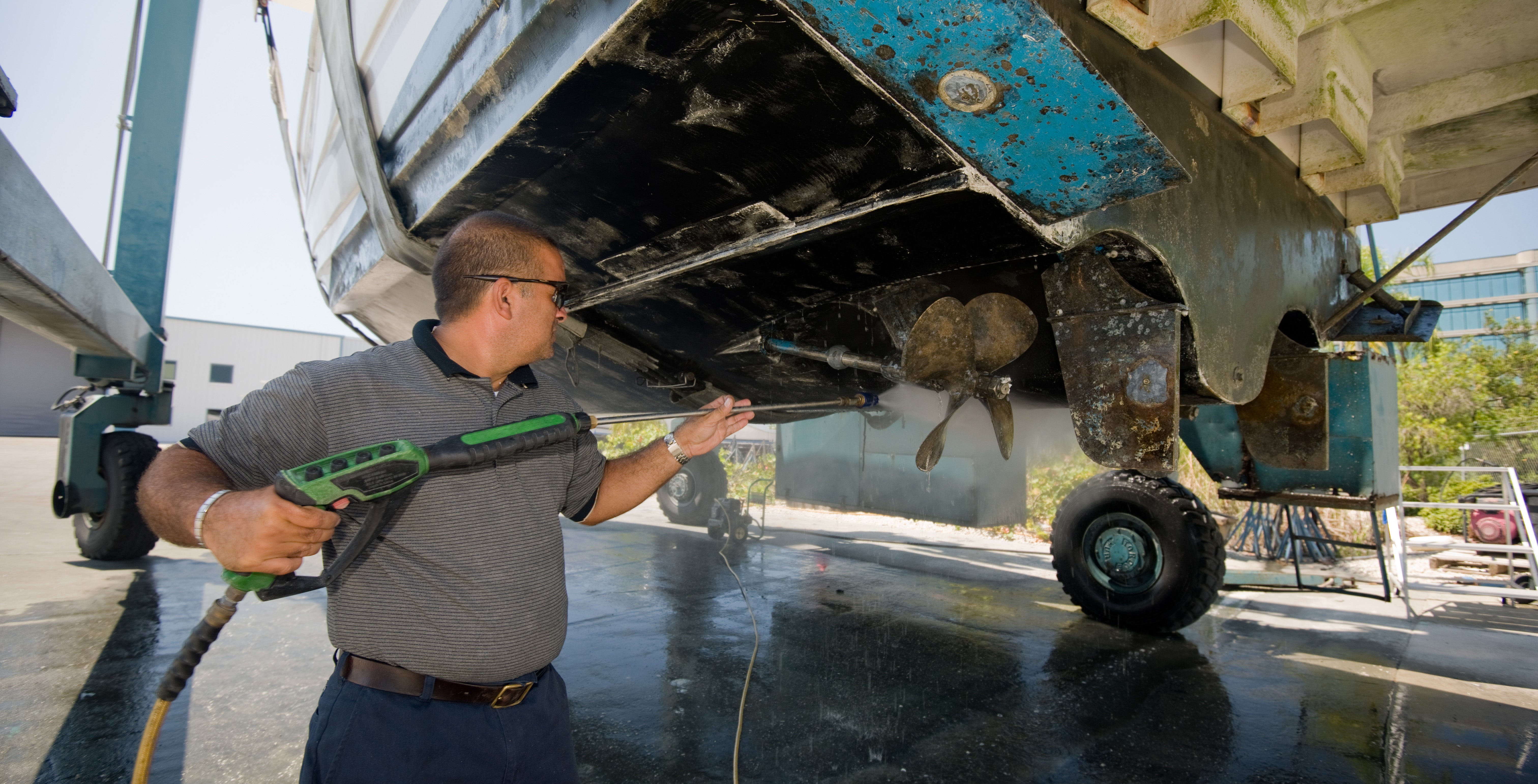
Cleaning the hull will also reduce drag and result in tangible fuel savings.
One of the easiest fuel saving tips is the simple act of keeping the bottom of the boat free from algae, which can reduce fuel consumption and pay big dividends. If you trailer your boat, make a point of giving it a quick wipe down with an automotive chamois each time you take it out of the water. It only takes a few seconds and can remove a surprising amount of drag-inducing algae and crud. The evidence will be clear to see, right there on the dirty chamois.
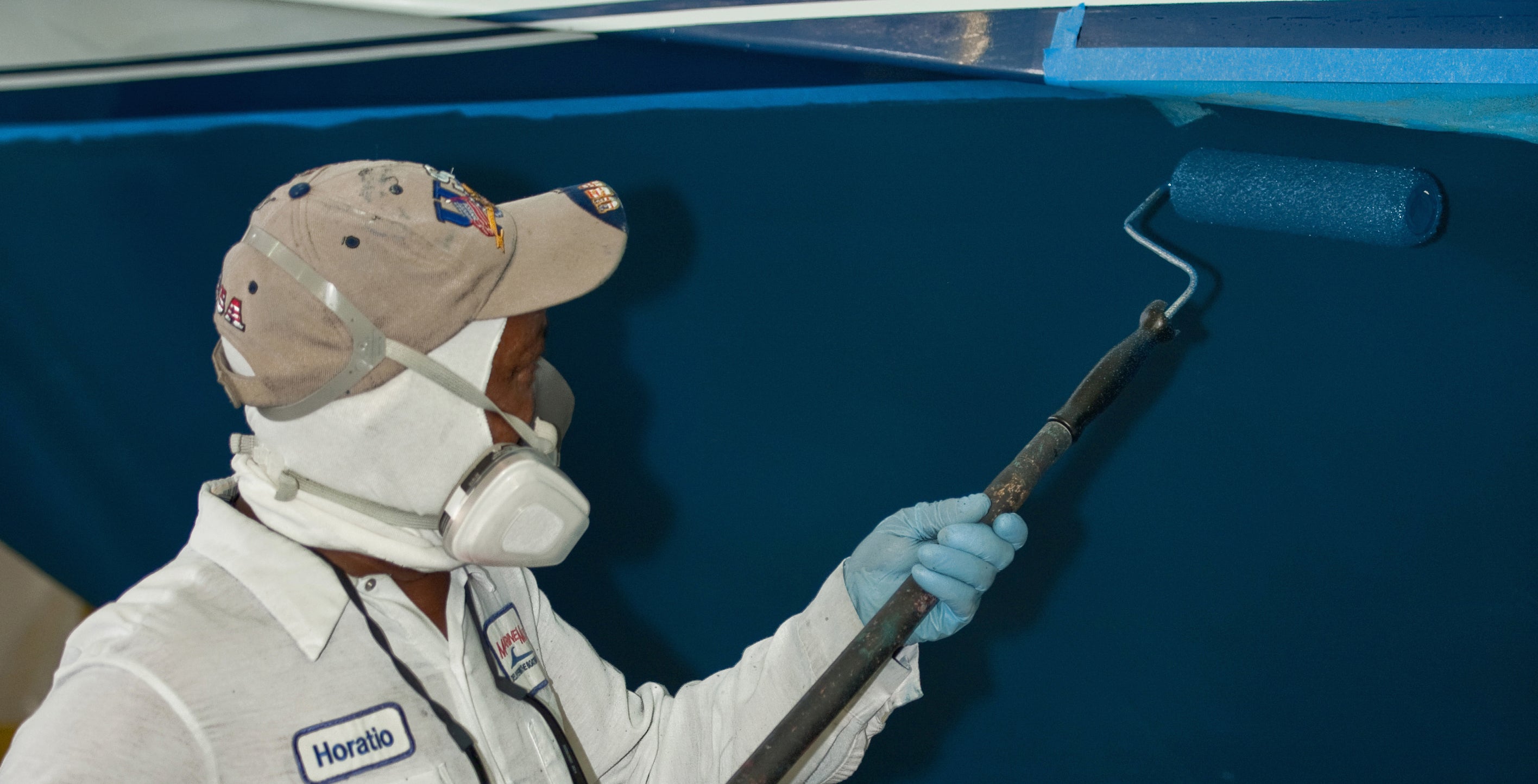
Following a hull cleaning with a fresh coat of bottom paint will keep algae and marine growths from attaching to the hull, where they increase drag and drive up fuel costs.
Conversely, if you keep your boat moored at a marina, an annual cleaning followed by a coat of fresh bottom paint will keep most common weeds and growths from getting a grip. Although there is once again a small up-front cost to having the work done, the long-term savings from reduced drag nearly always make it worthwhile.
5. Engine Upgrade
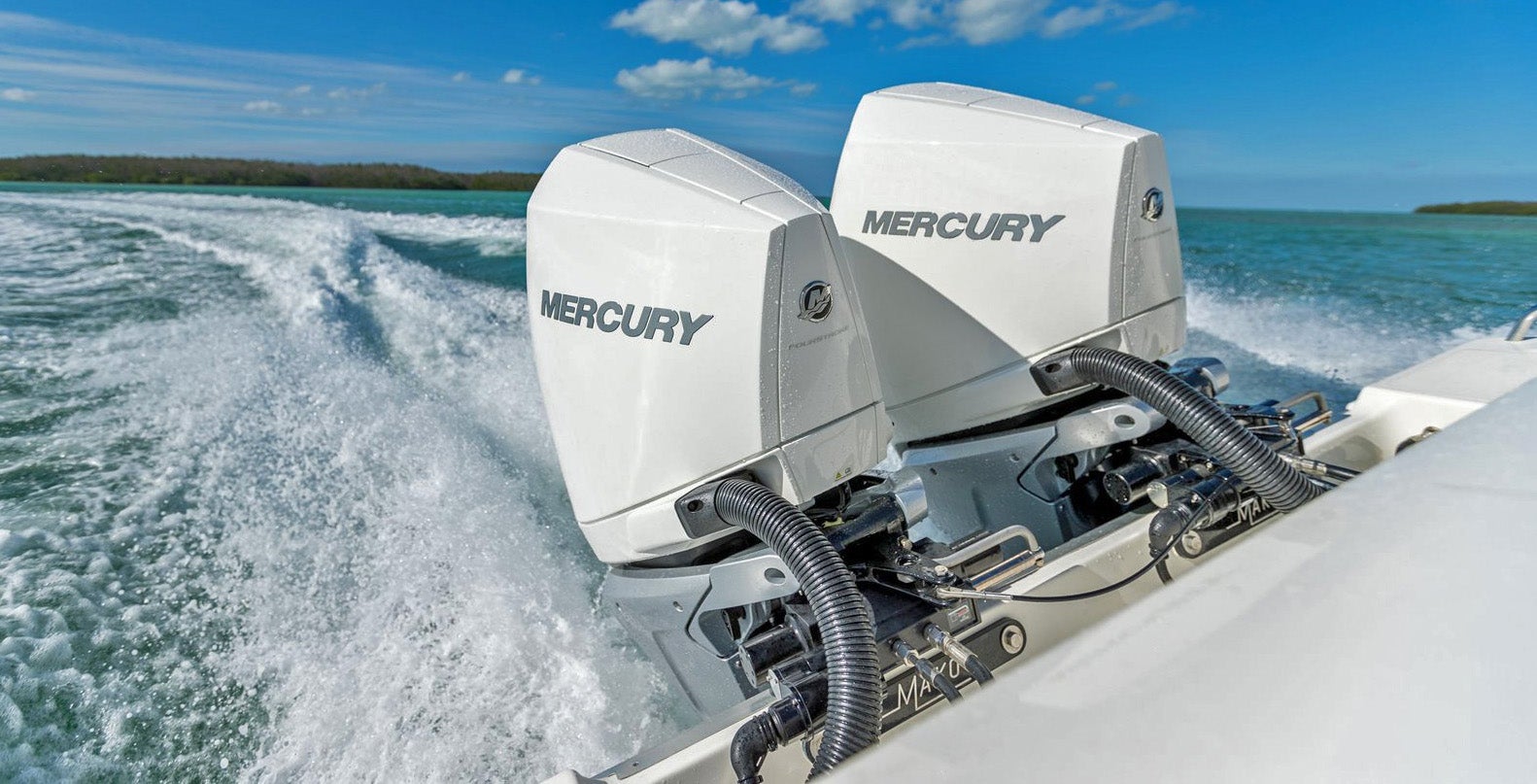
Perhaps the surest way to reduce fuel bills is to replace old, gas-guzzling engines with new ones, which are not just more efficient but also quieter, cleaner and more reliable.
Our final fuel saving tip is a bit more extreme, but if you have an older engine in your boat then seriously consider replacing it with a new one. Modern outboards and sterndrives are incredibly fuel-efficient, to say nothing of being far lower in emissions. If you’re out on the water a lot, the savings in fuel cost could be substantial. One angler friend who recently replaced a 20-year-old outboard with a new four-stroke told me the upgrade immediately cut his fuel bill in half. In a few years the new engine will have paid for itself in fuel savings alone, while also being quieter, cleaner and more reliable.
Doing little things like easing up on the throttle, balancing your loads and keeping the boat and engine in top shape can significantly reduce fuel costs, especially over the course of a full season on the water. Even if you don’t quite save enough to pay for a new engine, you’ll almost certainly save more than enough to pay for new toys like a radar set or a new multi-function display. Now there’s some real incentive!
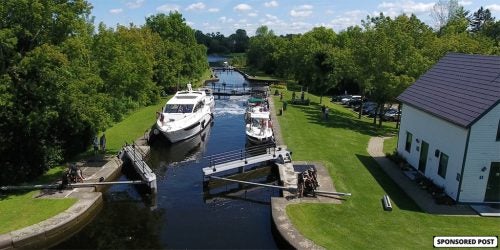
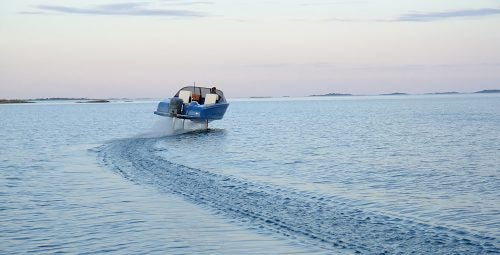



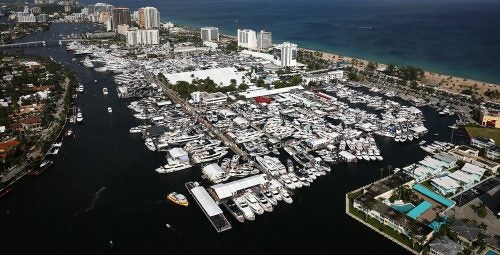 Fort Lauderdale International Boat Show Preview
Fort Lauderdale International Boat Show Preview 10 Best New Boat Accessories at IBEX 2021
10 Best New Boat Accessories at IBEX 2021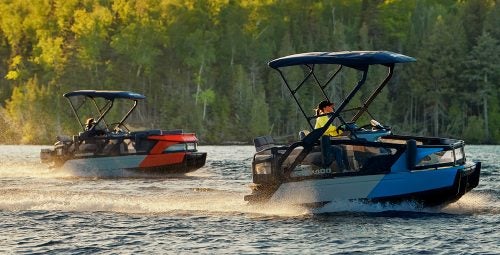 2022 Sea-Doo Switch Pontoon Boat Lineup Unveiled
2022 Sea-Doo Switch Pontoon Boat Lineup Unveiled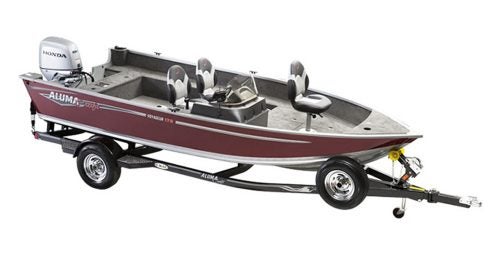 BRP Enters Fishing Boat Market with Purchase of Alumacraft Boat
BRP Enters Fishing Boat Market with Purchase of Alumacraft Boat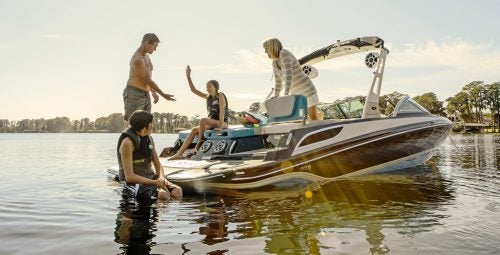 Volvo Commits To Electric Power By 2021
Volvo Commits To Electric Power By 2021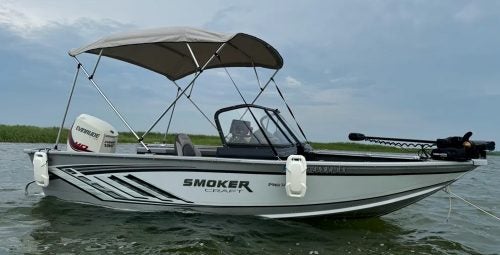 Kemimoto 4 Bow Bimini Top and Boat Bumper Review
Kemimoto 4 Bow Bimini Top and Boat Bumper Review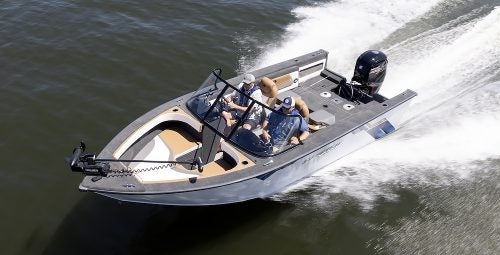 Starweld Victory 20 Review
Starweld Victory 20 Review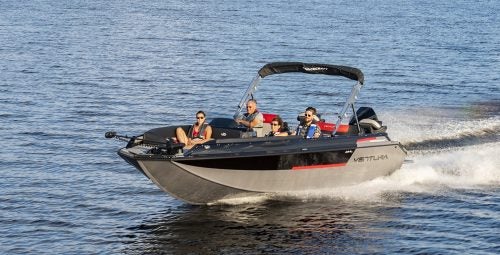 Princecraft Ventura 23 RL Review
Princecraft Ventura 23 RL Review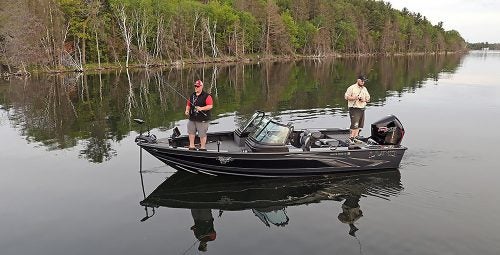 Lund 2075 Pro V Review
Lund 2075 Pro V Review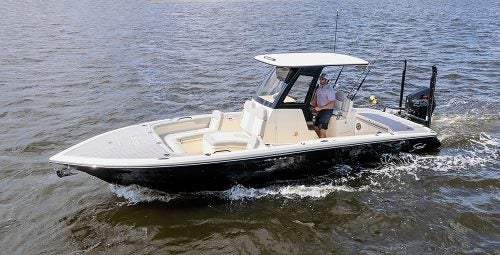 Scout 281 XSS Review
Scout 281 XSS Review Fuel Saving Tips For Boaters
Fuel Saving Tips For Boaters Best Boating Accessories
Best Boating Accessories Best Boating Apps
Best Boating Apps 5 Pontoon Boats That Are Made To Fish
5 Pontoon Boats That Are Made To Fish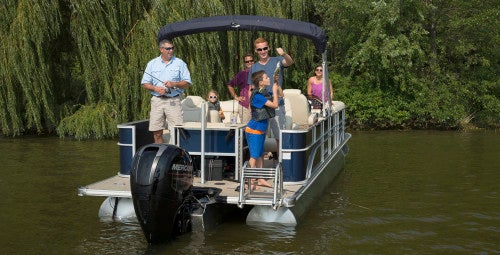 10 Great Small Pontoons
10 Great Small Pontoons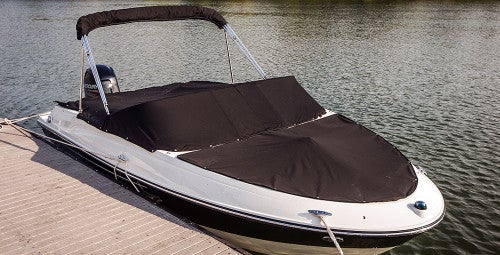 Your Boat Was Expensive—Do You Really Trust a $2 Rope From the Dollar Store to Secure It?
Your Boat Was Expensive—Do You Really Trust a $2 Rope From the Dollar Store to Secure It?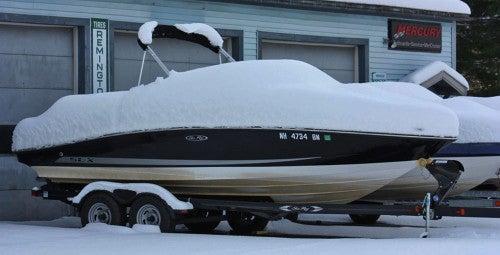 Do I Need Insurance Coverage Against Ice or Freezing Damage?
Do I Need Insurance Coverage Against Ice or Freezing Damage?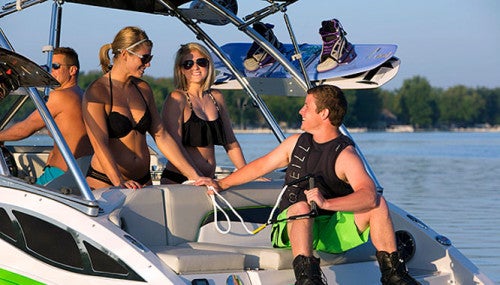 What Kind Of Insurance Coverage Do I Need?
What Kind Of Insurance Coverage Do I Need?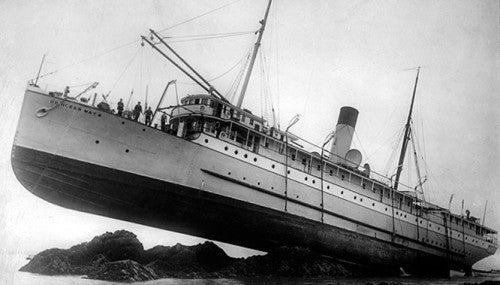 What About Salvage?
What About Salvage?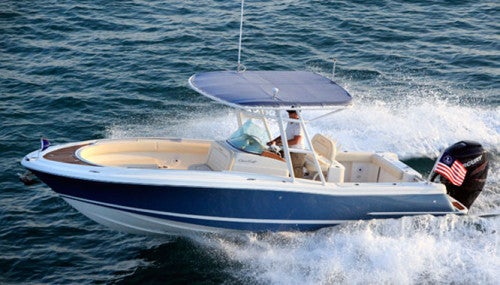 Boat Insurance or Yacht Insurance?
Boat Insurance or Yacht Insurance?



 The Best Bowriders For The Money
The Best Bowriders For The Money
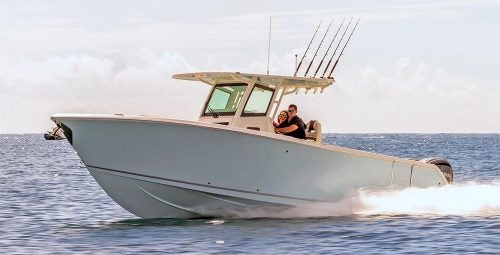 Sailfish 312CC Review
Sailfish 312CC Review
 The Wildest Concept Yachts
The Wildest Concept Yachts
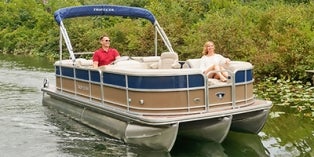 2016 Trifecta 200 Series 220FCR
2016 Trifecta 200 Series 220FCR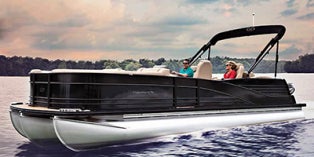 2016 Harris Grand Mariner SL 270 DL
2016 Harris Grand Mariner SL 270 DL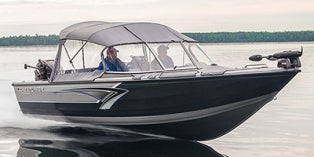 2016 Crestliner Authority 2050
2016 Crestliner Authority 2050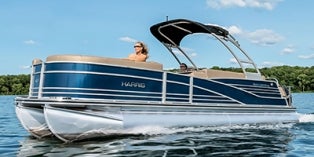 2016 Harris Grand Mariner SL 230 DLDH
2016 Harris Grand Mariner SL 230 DLDH
